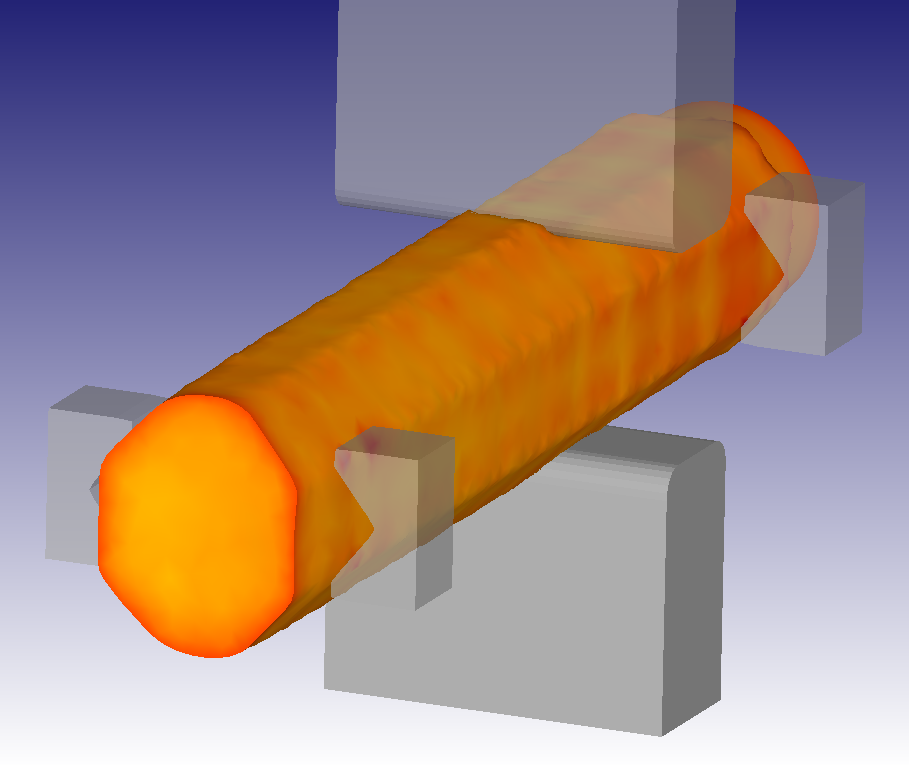Cogging is an open die forging process used to convert a cast ingot into forged billet. A typical process involves hundreds of local reductions, along the length of the billet, spanning several heats. The workpiece is typically rotated between or during passes. The ingot cross section is reduced as it changes shape to a round, hexagon or octagon. This thermo-mechanical processing refines the coarse ingot grain structure to homogenized, fine grained, recrystallized billet microstructure.
Process simulation can involve hundreds or thousands of deformation and heat transfer models. While possible, a manual setup is tedious and impractical. To address this challenge, SFTC developed and optimized the Cogging Module to enable a user to set up cogging simulations in minutes. Standard billet, die and manipulator geometries are included. Process parameters include number of heats, pass schedule, ingot rotation, bite size and the time between bites and passes. A simulation preview is provided to identify potential input errors prior to FEM calculations. This enables the user to run cogging simulations without user intervention.

This module is extensively used by leading material suppliers to analyze the ingot conversion process. Simulation provides critical information about shape, strain, temperature, defects and more. This is used to determine optimum process parameters, resulting in improved material yield and fewer quality problems.
Cogging
- The Cogging module runs in conjunction with DEFORM-3D.
- Cogging models can involve hundreds of operations; thus storage requirements may be higher than most other applications.
